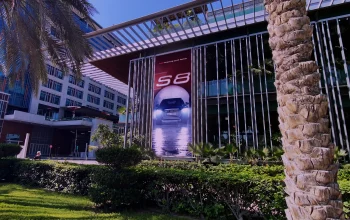Futures and commodities trading involve agreements to buy or sell assets at specified prices in the future. Participants engage in these markets either to hedge risks associated with price volatility or to speculate on price movements for profit. This article introduces readers to the fundamentals of futures and commodities trading, helping this exciting albeit complex realm.
Understanding contract basics:
Futures contracts bind two parties—buyer and seller—to exchange a predetermined quantity and quality of an underlying asset on a designated date. Standardized contract terms facilitate efficient transactions, reducing search and negotiation costs. Each contract defines parameters such as delivery location, settlement procedures, tick size, expiry month, and minimum price increments.
Commodities classifications:
Commodities comprise tangible goods extracted from earth (agricultural products, metals, fossil fuels) or synthesized industrially (chemicals, plastics). Soft commodities refer to agricultural items like wheat, corn, sugar, livestock, or coffee. Hard commodities denote minerals, ores, or energies such as gold, silver, oil, gas, or coal. Financial instruments like indices, currencies, or bonds sometimes qualify as tradable commodities too.
Key players:
Hedgers utilize futures markets to lock-in fixed purchase/selling prices, protecting themselves from unfavorable price fluctuations. Producers (miners, farmers) and end users (manufacturers, processors) commonly adopt hedging strategies to stabilize revenues and manage input expenses. Speculators enter markets hoping to benefit from price discrepancies without owning physical assets. Nonetheless, they perform a vital role by injecting liquidity and absorbing risk.
Trading mechanisms:
Exchanges host futures markets, operating electronic platforms where buyers and sellers converge remotely. Clearing houses guarantee contract fulfillment, acting as intermediaries between transacting parties. Initial margins, maintenance margins, variation margins, and mark-to-market processes minimize default risks while ensuring adequate collateral coverage throughout the contract tenure.
Price determination:
Market forces dictate futures prices via supply and demand interactions. Arbitrageurs exploit temporary price disparities across related markets, arbitraging away inconsistencies and contributing to equilibrium restoration. Seasonality, inventory levels, storage capacity, interest rates, macroeconomic indicators, geopolitical events, and weather patterns collectively influence commodity values, fueling continuous price discoveries.
Strategy development:
Successful traders devise systematic approaches backed by rigorous analyses, combining fundamental, technical, quantitative, and qualitative assessments. Some prefer trend following, riding prevailing momentum until signs suggest exhaustion. Others opt for contrarian tactics, betting against consensus views at inflection points. Still, others deploy mean reversion techniques, expecting extreme price departures to normalize eventually. Irrespective of adopted strategies, effective risk management practices remain paramount, preventing catastrophic drawdowns and safeguarding long-term survivability.



